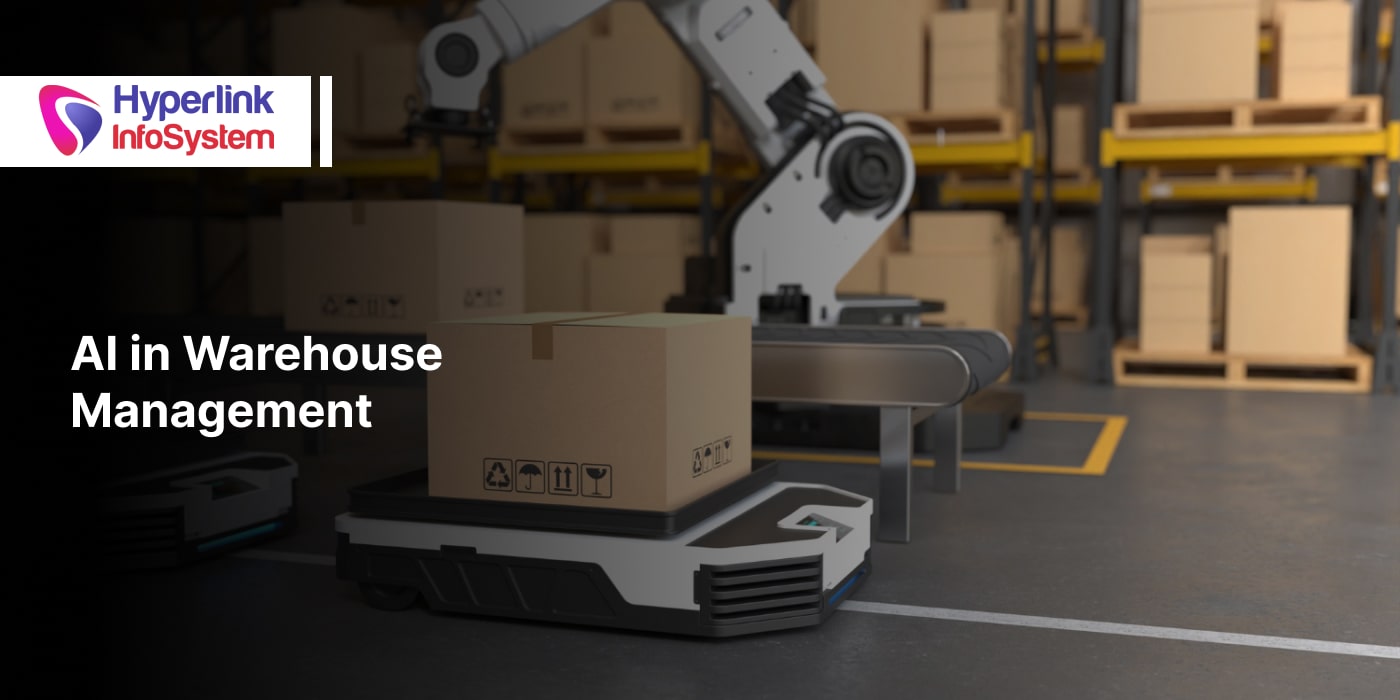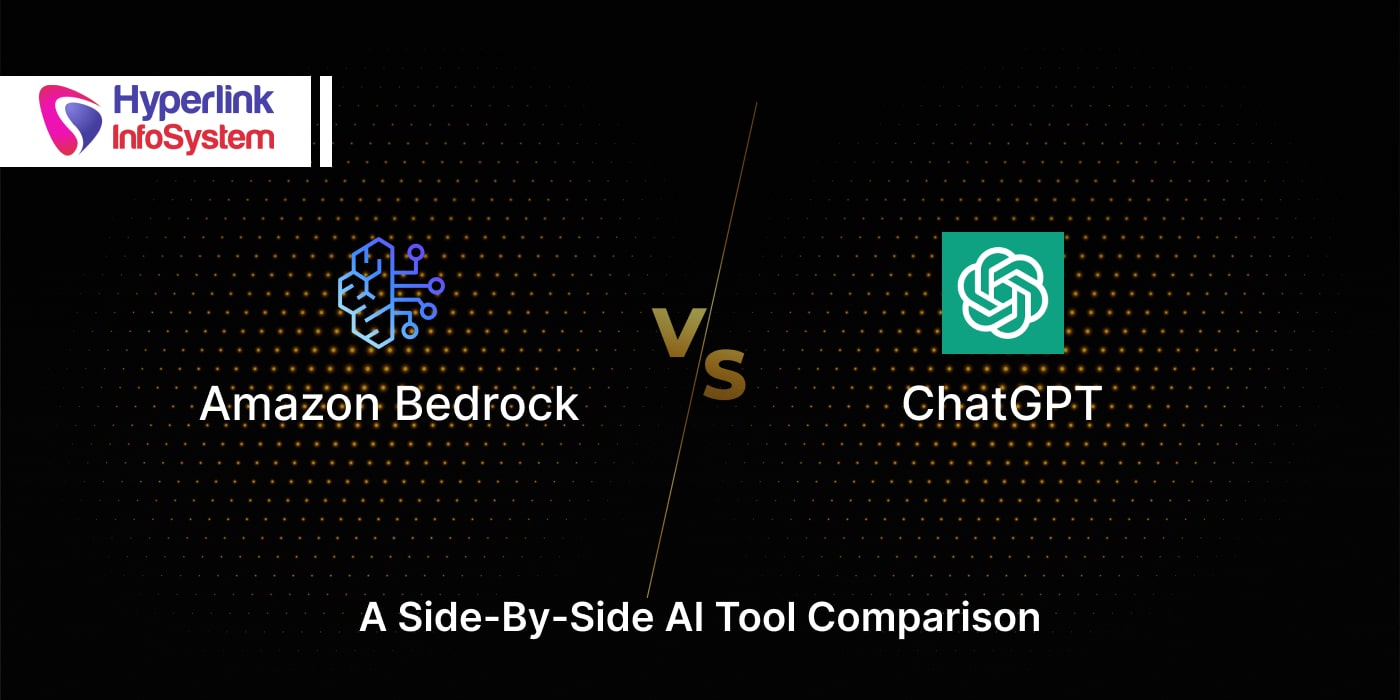In today's ever-evolving digital landscape, the field of web application development is experiencing an unparalleled surge. Consumers want web applications to be both versatile and feature-rich, providing the same personalized experience as native mobile apps while also being accessible via any web browser on any device. As a result, many businesses, including e-commerce, banking, and finance, have begun to integrate web applications into their processes.
This blog will delve into the realm of web application development, exploring its advantages, various types, and the essential steps involved in creating a web application.
What is Web Application Development?
The process of creating and implementing software applications that run on remote servers and are accessible to users via the Internet is known as
web application development. These web apps are designed to meet a wide range of user demands and expectations, from simple online forms to complicated e-commerce platforms. The major goal of web application development is to provide consumers with a smooth and trouble-free interaction with web-based apps. Web app development requires expertise in multiple programming languages and frameworks.
In the development process, a variety of technologies, programming languages, frameworks, and tools are employed, all to create powerful, scalable, and efficient online applications. A web application comprises two fundamental components, namely the front-end, and back-end. The frontend component is in charge of user interaction and interface, whereas the backend component is in charge of server-side functionality, database management, and server configuration.
Web application development offers numerous benefits such as cost-effectiveness, scalability, flexibility, and accessibility. As web apps can be accessed through any device connected to the internet, they are widely available and convenient to use, making them highly user-friendly. Web apps are also easily updated, maintained, and scaled, allowing businesses to respond to changing market trends and customer needs.
Web application development is an important component of current technology since it provides organizations with a strong tool to improve their online presence, extend their consumer base, and streamline their processes.
How Does a Web Application Work?
A web application combines different technologies and programming languages to create a unified experience for users who access it via a web browser. The application is run on a remote server, often known as a web server, and communicates with the user via the frontend interface.
When a user requests access to a web application, the request is routed to the web server, which obtains the necessary data and returns it to the user's browser. The data is subsequently rendered and displayed to the user by the browser.
The front end of a web application is usually composed of HTML, CSS, and JavaScript.The framework of the web page is provided by HTML, CSS styles it, and JavaScript adds interaction to the website, making it more dynamic and user-friendly.
A web application's backend is in charge of server-side logic, database management, and server setup. It employs frameworks such as Laravel, Django, Ruby on Rails, and Spring to speed development and includes a variety of programming languages such as PHP, Python, Ruby, and Java.
A web application's backend communicates with the frontend via Application Programming Interfaces (APIs) and web services. These interfaces allow data to be transferred between the front end and back end, allowing dynamic and responsive web applications.
A web application is made up of frontend and backend technologies, with the front end managing user interaction and the back end handling server-side logic and data administration. The application operates on a remote server and communicates with the user via a web browser, resulting in a smooth and responsive user experience.
Why is Web Application Development Important?
Web application development is an important component of modern technology because it enables businesses and organizations to distribute their services and information over the Internet, thereby creating new potential for growth, cooperation, and innovation. In this post, we'll look at why web application development is so vital, as well as the advantages it offers organizations and users.
One of the most important advantages of web application development is that it allows organizations to access a larger audience. Because the internet is so widely utilized nowadays, web apps may be accessible from anywhere in the world, allowing businesses to reach customers outside of their immediate location. This is especially beneficial for small firms or startups that may lack the capacity to develop a physical presence in various areas. Businesses can expand their earning potential by establishing online applications that are accessible to users all over the world.
Another advantage of web application development is that it can boost team collaboration and communication. Team members can access and work on the same projects from different places using web applications, making it easier to communicate and exchange ideas. This is especially handy for companies with remote teams or people who work from home. Businesses may ensure that all team members have access to the same information and can collaborate seamlessly regardless of their location by adopting online applications.
Web application development can also provide organizations with useful insights into the behavior and preferences of their clients. Businesses can acquire a better knowledge of what their consumers want and need by tracking user interactions and behavior on their online applications. This data can be utilized to improve products and services, increase client engagement and retention, and, eventually, income. Web apps can also be used to gather user feedback and ratings, which can then be used to improve the user experience and increase customer happiness.
Web apps also bring various advantages to users. Web apps are usually simple to obtain and use, requiring only an internet connection and a web browser. As a result, they are perfect for users who are on the go or do not have access to desktop software. Web applications can also be accessed from a range of devices, including smartphones and tablets, allowing users to stay connected and productive regardless of location.
Web applications are also less expensive to run than traditional desktop applications because they require less hardware and software. This is especially useful for small organizations and individuals who may not have the resources to invest in costly software and hardware. Web applications are also often easier to maintain and update because they can be updated centrally rather than on each user's device.
Web application development is a vital component of modern technology that offers numerous advantages to both organizations and customers. Web applications can help organizations expand and flourish in today's competitive economy by allowing them to access a wider audience, better cooperation and communication, obtain important insights into customer behavior, and more. Web applications give users quick access to information and services, as well as a cost-effective and convenient method to stay connected and productive. As a result, web application development will remain a key priority for organizations and technology professionals in the next years.
Types of Web Application Development

The process of designing, producing, and deploying web-based software applications that can be accessed via a web browser is referred to as web application development. There are different ways to web application development, each with its own set of strengths and drawbacks depending on the project's requirements. We will explore the most popular types of web application development in this response.
1) SPAs (Single-Page Applications)
Single-page apps (SPAs) are web applications that dynamically load all of their content on a single web page without requiring the browser to reload. To provide a more responsive and engaging user experience, SPAs employ technologies such as Ajax, JavaScript, and JSON. SPAs are especially helpful for complicated user interfaces that necessitate several interactions, such as those found in online marketplaces, social media platforms, and streaming services.
2) PWAs (Progressive Web Applications)
Progressive Web Applications (PWAs) are web applications that offer consumers a native-app-like web experience. PWAs, like native apps, can be installed on the user's device and accessed via the device's home screen. PWAs are created with web technologies including HTML, CSS, and JavaScript, and can be cached on the user's device for offline access. PWAs provide quick loading speeds, push notifications, and other features that are typical in native apps.
3) Serverless Applications
Serverless apps are online applications in which the developer does not need to manage or provision any servers. The application functionality is instead hosted by a cloud services provider like Amazon Web Services (AWS) or Microsoft Azure. Serverless apps are inexpensive since the developer only pays for the resources that the program consumes. They are also scalable, as the cloud provider allocates extra resources as the application load grows.
4) Static Websites
Static websites are web applications that do not need to be processed on the server. All content is pre-rendered and saved as HTML, CSS, and JavaScript files, which are then provided to the user's browser. Static websites are quick, safe, and inexpensive because they don't require any server-side processing. Personal blogs, portfolio websites, and small business websites are all typical uses for them.
5) Content Management System (CMS)
CMSs are web applications that enable users to create, manage, and publish digital content such as articles, blog posts, and multimedia content without the need for programming knowledge. CMS programs typically store material in a database and give a user-friendly interface for managing the content. WordPress, Joomla, and Drupal are popular CMS platforms.
6) E-commerce Applications
Web applications that allow users to buy and sell goods and services online are known as e-commerce applications. Product catalogs, shopping carts, payment gateways, and order tracking are common aspects of e-commerce platforms. E-commerce apps can be constructed with a variety of technologies, including open-source platforms like WooCommerce and Magento, as well as custom-made applications.
There are different techniques for web application development, and the approach chosen relies on the project's demands. When deciding on the best solution, developers must evaluate variables such as user experience, scalability, security, and cost-effectiveness. Web app developers can help you build custom web applications that meet your specific business needs. If you're looking to hire developers for your next project, be sure to consider their technical skills, communication abilities, and overall fit with your team and company culture.
How to Develop Web Application?

Creating a web application may appear to be a difficult endeavor, but with careful design and execution, it can be a thrilling and gratifying experience. This guide will walk you through the stages of creating a web application from start to finish.
The first step in creating a web application is defining the problem that it will answer. This entails determining the target audience's needs and the obstacles they confront. You'll be able to develop an application that satisfies the needs of your users if you understand the problem you're attempting to solve.
Your web application's architecture is the framework that supports its functionality and user interface. Before beginning development, it is critical to plan the architecture of your application. This includes determining the technologies to be used, the infrastructure required, and the overall structure of the application. By defining the architecture ahead of time, you can provide a strong foundation for your application that can readily accept future expansion and adjustments.
-
Design the User Interface
The user interface is the part of the application with which users directly interact. It is critical to create a user interface that is simple to use. Creating wireframes and prototypes that demonstrate how users will interact with the application is part of this process. You'll be able to discover possible usability difficulties and make modifications before production begins if you design the user interface ahead of time.
After the planning and design phases are completed, it is time to begin development. This includes coding the application's functionality and integrating the user interface. It is critical to adhere to coding best practices, such as modular design, testing, and version control. You will be able to produce a robust and reliable application if you develop the application in a systematic and organized manner.
-
App Testing and Deployment
Once development is complete, the application must be tested and deployed to the production environment. This includes evaluating the application's functionality, performance, and security. To verify that the application performs as planned, it should be tested in a range of circumstances. When testing is finished, move the application to the production environment and make it available to users.
-
Maintain and Update Application
The application must be maintained and updated regularly. This includes checking the program for faults and issues and making fixes as needed. It is critical to have a mechanism in place for handling bug reports and making timely updates. You can ensure that the program continues to satisfy the demands of your users by frequently maintaining and updating it.
A web application requires rigorous planning, design, and execution. By following these steps, you will be able to design an application that satisfies your consumers' demands while also being stable and simple to use. Remember to keep focused on the problem at hand and to be open to comments and changes along the way. Creating a web application can be an interesting and rewarding process if approached correctly.
Advantages of Web Application Development
Web application development has grown in popularity in recent years as businesses and organizations seek to create accessible, responsive, and user-friendly digital solutions. The following are some of the benefits of web application development:
Web apps can be accessed from any internet-connected device, independent of the operating system or device kind. This implies that customers may access the same program from their desktop, laptop, tablet, or smartphone, eliminating the need for numerous software versions.
Web apps can be accessed from anywhere in the globe with an internet connection. As a result, they are great for distant workers, travelers, and home workers.
Web apps are less expensive to develop and deploy than traditional desktop applications since there is no need to create various versions of the software for different platforms or distribute physical copies.
Because web applications are hosted centrally, the development team can simply manage upgrades and maintenance. This eliminates the need for users to manually download and install updates, ensuring that all users are running the most recent version of the application.
Web applications can readily manage rising user bases since more server resources may be allocated to handle greater traffic. As a result, they are suitable for companies who expect their user base to increase over time.
Web apps can be integrated with other applications, services, and systems, making them perfect for enterprises that require many systems or data sources to be connected. This can help to streamline corporate procedures and boost efficiency.
Web apps can capture user behavior data, enabling businesses to track user engagement, identify areas for improvement, and make data-driven decisions.
Cross-platform compatibility, accessibility, cost-effectiveness, ease of maintenance, scalability, integration, and analytics are all advantages of web application development for enterprises and organizations.
Approximate Cost of Web Application Development
The cost of developing a web application can vary greatly depending on a variety of criteria such as the application's complexity, the size of the development team, the technology stack employed, and the development team's geographic location.
The intricacy of the program is a crucial component in determining the
cost of web application development. A simple web application with a few fundamental elements will be less expensive to construct than a complicated application with extensive features and functionalities. The more complicated the application, the longer and more difficult it will be to build, test, and deploy.
The size of the development team is another element that impacts the cost of web application development. A larger development team necessitates more resources, raising the development cost. Furthermore, the experience and skill level of the development team will influence the cost of development, as more experienced and professional developers would normally demand higher rates.
The technology stack utilized to construct the web application is also an essential component that influences development costs. varied technology stacks have varied prices associated with them, and the choice of technology stack will be determined by the unique requirements of the application.
A basic application produced by a small team in a low-cost area can cost a few thousand dollars, while a complicated application developed by a large team in a high-cost location can cost hundreds of thousands or even millions of dollars. To guarantee that the project is finished successfully and within the intended budget, it is critical to carefully analyze all of the aspects that can affect development costs and to work with a dependable and competent development team. To ensure the success of your web app project, it's essential to choose the right web app development company for your needs. A professional web app development company can provide you with a team of skilled developers, and designers. If you want to create a high-quality web app, you should consider hiring web app developers who have the necessary expertise and experience.
Conclusion
Custom web application development is a critical component of custom software development, involving the creation of software tailored to meet a client's specific business requirements. To ensure the success of custom web application development projects, businesses must have a thorough understanding of their desired app's features, aesthetics, and architecture. In other words, by comprehensively defining their needs and goals, businesses can effectively collaborate with development teams to build customized web applications that align with their unique needs and contribute to their overall success.
Whether you need a simple web app or a complex enterprise-level application, a reputable web app development company can help you achieve your goals. Hire a web app development company that can save time and resources while ensuring the quality of your web app project. To ensure the success of your web app development project, it's important to
hire web app developers who are skilled in programming languages like HTML, CSS, JavaScript, and Python.
Hyperlink InfoSystem is a trustworthy and proficient service provider for custom web application development. Hire developers who collaborate closely with clients to ensure that their specific business requirements are met through the creation of bespoke web applications. Our commitment to delivering top-quality results, innovation, and client satisfaction is unparalleled. We prioritize the needs and goals of our clients throughout the development process, aiming to exceed their expectations with exceptional outcomes.
If you're searching for a reliable partner to fulfill your custom web application development needs, Hyperlink InfoSystem is the ideal choice for you!


























